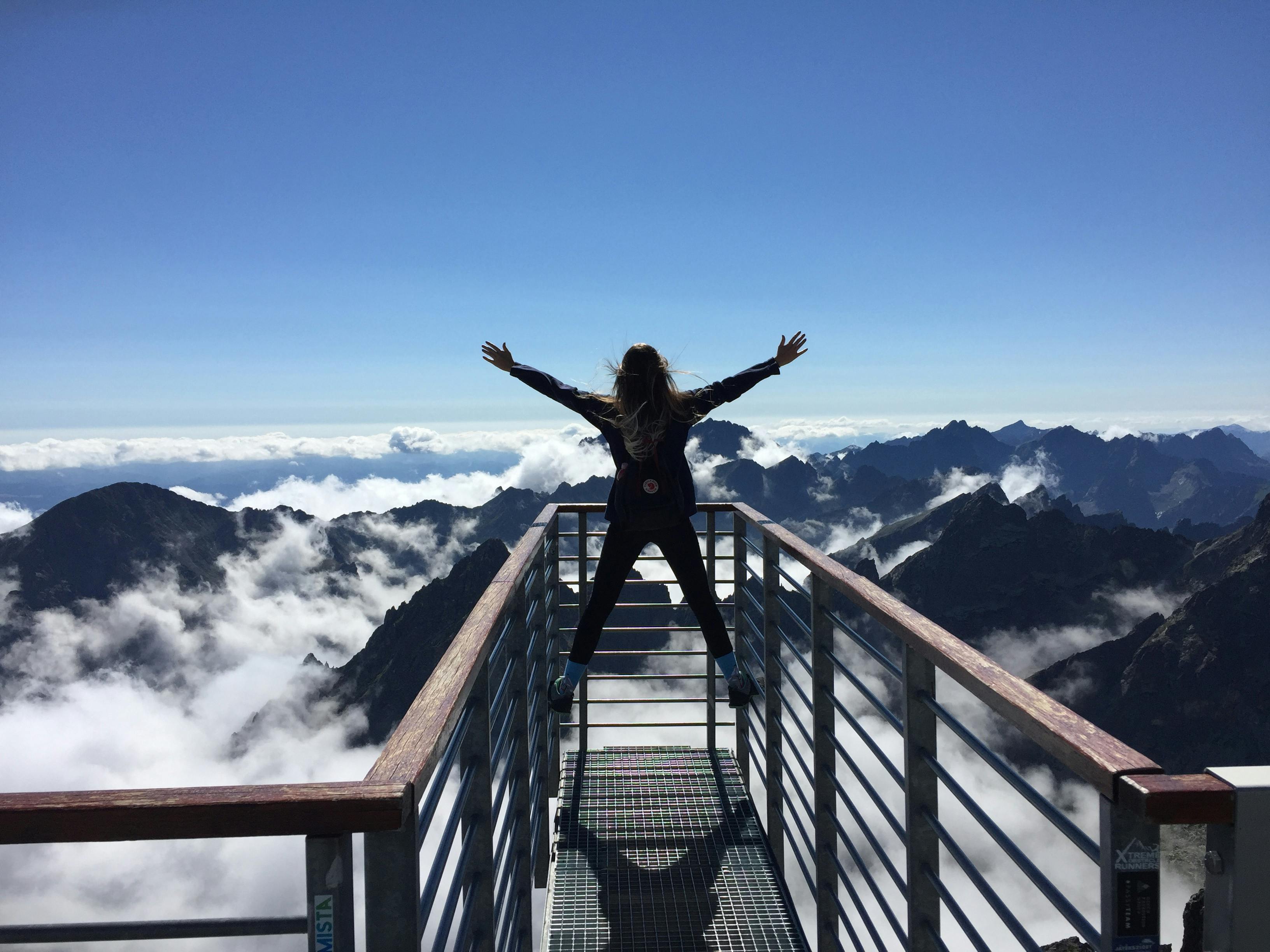Having just returned from vacation, I can’t help but reflect on a familiar wish shared by many travellers: to find beautiful, relaxing destinations that remain untouched by crowds. However, this quest for a “secret” retreat seems increasingly elusive in today’s hyperconnected world. In this blog, I leverage the network effects theory outlined in Platform Strategies to analyse this phenomenon and explore how intermediaries—particularly digital platforms—can offer practical solutions.
The conflicting network effects of seeking solitude
The allure of unspoiled locations isn’t a private longing. Just consider this story from the July edition of The Guardian Weekly, which describes how places that were historically peaceful have become crowded as word spreads:
“Until recently, the drive up the mountainous road to Landour was a highlight of a visit to the hilltop town, as drivers enjoyed glorious Himalayan views and breathed in the cool forest air. Today, the journey is something to be endured with up to 1,000 cars a day clogging the narrow, winding road - slowing to navigate hairpin bends. A journey that once took five to six hours from Delhi can now take up to 10 hours, especially at weekends in May and June.”
Beneath this phenomenon is an interesting interplay of conflicting network effects for those in search of “secret retreats”:
- Negative network effects: The more people that flock to a location, the less enjoyable it becomes for each individual. Every arrival erodes the unique value that drew visitors in the first place.
- Positive network effects: On the flip side, as more people explore and share, the likelihood of uncovering new hidden spots increases, since word-of-mouth or shared experiences can reveal places previously off the radar.
A fragile equilibrium
Historically, intermediaries have played a key role in balancing these effects. Travel guides like Lonely Planet and Le Guide du Routard managed to maintain a delicate equilibrium: their guides were costly enough to deter casual travellers, ensuring only truly motivated tourists would discover the “secret” places listed. This mechanism protected exclusivity: those who cared most about solitude were more likely to benefit.
Today, however, the rise of social media networks has fundamentally changed this dynamic. It is no longer necessary to purchase a guide or invest significant effort to learn about hidden spots. As the barriers to sharing information have fallen dramatically, it has become nearly impossible for any location to remain off the mainstream radar for long.
Referring back to our theory, the positive network effects generated by the rapid spread of information amplify the negative effects caused by crowds converging on the same sites. The more people search for and share experiences of “secret” places, the less secret they become.
Consequently, the traditional equilibrium—where diligent and costly research was the price to pay for tranquillity—gives way to a new reality in which such tranquillity may vanish.
Public regulation and private management
Are there solutions to restore tranquillity, at least partially? If so, what are these solutions, and how can they effectively be implemented? Before addressing these questions, it is essential to understand the nature of tranquil places as economic goods. In economics, "rivalry" and "excludability" are key characteristics used to classify goods and services. Rivalry refers to the idea that one person's use of a good diminishes its availability for others. Clearly, tranquil places are rivalrous: one person’s consumption makes the place less tranquil for others. Excludability, on the other hand, pertains to the ability to prevent someone from using a good. Regarding tranquil places, excludability varies depending on how easy or costly it is to avoid additional visitors from accessing the place.
The degree of excludability is therefore a crucial factor. If a travel destination is hardly excludable, it resembles a common-pool resource, which is notoriously susceptible to the tragedy of the commons: each visitor acting in self-interest depletes the resource for everyone else. Public regulation must often step in to ensure the long-term preservation of such destinations. A notable example is the recent implementation of the Venice access fee “to better manage the flow of visitors in order to more effectively protect the cultural and artistic heritage of the Serenissima.” Other cities have implemented restrictions on Airbnb rentals, limited access to natural preserves, or established reservation systems for popular sites.
In contrast, travel destinations with easily controlled access resemble private goods (rivalrous and excludable), making them suitable for private management. An emblematic example is the historic village of Clovelly in Devon (UK). Nestled on a steep hillside that drops dramatically to the sea, the village is reached only by a single main entrance and a beautiful, cobbled street that winds down from the visitor centre. This physical layout makes it easy and cost-effective for owners to monitor and control entry, enforce rules, and collect admission fees. Unlike open parks or beaches with multiple access points, Clovelly’s enclosed structure allows private stewardship to succeed in maintaining both its historical character and its tranquil atmosphere for residents and visitors alike.
Platform solutions
In our book, we define platforms as managers of network effects. Their core function is to facilitate exchanges and interactions among multiple user groups. To this end, they deploy a variety of strategies (such as design choices, fee structures, rules, and incentives) aimed at amplifying positive network effects while mitigating negative ones.
In the present context, platforms can enrich the experiences of visitors and improve service efficiency (positive effects) while curbing overcrowding and congestion (negative effects). Through real-time data and personalised nudges, platforms make some tourist sites more effectively excludable by regulating access without heavy-handed restrictions, thereby preserving the quality of the experience amid rivalry for limited space. Here are some examples.
- Real-time crowd monitoring and dynamic visitor management. City authorities increasingly implement IoT sensors, AI-powered analytics, and mobile app integration to monitor visitor density in real time across popular urban environments. For example, cities such as Amsterdam, London, Berlin, and Copenhagen deploy sensor networks combined with AI to predict congestion, optimise public transport capacity dynamically, and provide live crowd data to travellers. This helps reduce rivalr (overcrowding and diminished experience) by enabling visitors to avoid peak times or crowded hotspots through timely information and alternative route suggestions.
- Apps empowering tourists with live data and personalised navigation. Itinerary apps incorporate AI-driven recommendations and suggest lesser-known attractions tailored to individual interests to spread crowds more evenly across a destination. The SmartGuide platform is one example, providing personalised audio tours and using aggregated data analytics to help authorities understand and manage visitor flows better.
- Selfie parks to manage social media-driven tourism. Siegel (2025) describes an innovative market solution now gaining traction: the creation of selfie parks. These enclosed, purpose-built locations are designed specifically for content creation. Popular in destinations like Bali, these parks channel influencer-driven foot traffic into managed, safe, and often locally operated areas. This reduces pressure on genuinely fragile or overcrowded authentic sites while fulfilling visitor demand for Instagrammable content. Selfie parks are highly excludable (entry fee, controlled times), and their rivalry is managed through infrastructure and flow design. They also support local entrepreneurship and jobs, and offer a potential blueprint for other hotspots facing similar pressures.
Takeaways
Apps and technologies that incorporate real-time visitor data and personalized guidance form a critical part of managing the paradox of secret places amid network effects. By enhancing excludability in user-friendly ways, these platforms help reduce rivalry, improve collective outcomes, and preserve the vibrancy and authenticity of treasured urban destinations. As cities and travellers embrace these tools, combining them with private stewardship and public regulation offers the best prospects for sustainable, high-quality tourism experiences in an increasingly connected world.
(During the preparation of this post, the author used GenAI tools to collect ideas and improve the expression. After using these services, the author reviewed and edited the content as needed. The author takes full responsibility for the publication's content. Photos by author or royalty-free photos from Pexels.com.)




